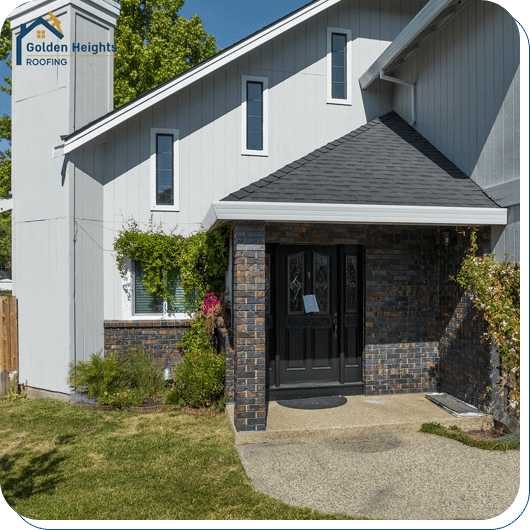Golden Heights Roofing
Your Go-To Roofing Contractor
Experts in roofing installation, replacement, and repair of all kinds. Contact us now for a free consultation and price estimation!





Roof Repair &
Replacement Services
Why Choose
Golden Heights Roofing?
Golden Heights Roofing is a licensed & full-service roofing company in San Francisco, Ca. We have years of experience and hundreds of satisfied clients. If you’re looking for a reliable and professional roofing contractor, you’ve come to the right place.

Get The Best Price With No Hidden Costs
Our experience allows us to assess the size and duration of each project so that we can offer you the best price from the start – no surprises or hidden costs.
When you work with us, you can rest assured that there will be no additional charges you didn’t plan for.
Get The Most Comprehensive Warranties and Insurance
We give you up to 50 years of warranty on materials and up to 10 years of warranty on labor! That means if anything happens, we will be there to fix it at no extra cost.
We take safety very seriously and provide full liability insurance and workers’ compensation. When you work with us, you know that you and your home are fully protected from any damage or liability.


Get a Full Service - A to Z
Project management is on us, from getting the best materials you need through dealing with permits and insurance, to completing the job on time and at the highest quality.
You can rest easy knowing everything is taken care of. A dedicated project manager will be genuinely available to you anytime – to talk, understand your needs, and answer any questions or concerns you might have.
Get The Best Materials & Quality On The Market
We are a licensed contractor of “Owens Scorning” – one of the leading roofing materials manufacturers in the world – and make sure to use only the best materials for any project we do.
Our employees are continuously going through training and being certified with new roofing technologies to ensure the job is executed flawlessly and in the best possible quality.


Get The Job Done Right & On Time
We understand the inconveniences a roof repair, replacement or installation can cause you and your family.
So we are committed to meeting your deadline and finishing the job in the specified time frame. You can trust us to get the job done right and on schedule.
Work With a Contractor You Can Trust
Besides doing the best possible job in every project we take on, we pride ourselves on giving our customers the best service. We understand that this is your home and how important it is for your family and you.
A dedicated project manager and our team of trained professionals will be attentive and respectful, maintain excellent communication throughout the work process, and ensure the job is done to your satisfaction.

Get a Fast & Free Estimate For Your Project
Call us or send us a message through the form to get a fast and reliable estimation.
What People Say About
Golden Heights Roofing?
Our Commitments
To You
Concord’s trusted home and commercial roofing services
Professional & Accurate
We promise to be 100% accurate and professional, and give you the result you hope for.
Meeting Your Deadline
We promise to finish your project on the time frame you've set, meeting your deadline.
Great
Communication
We promise to always listen and be sure to understand exactly what you want.
Great
Availability
A dedicated project manager will be truly available to help, talk or hear from you at any time.
Clear
Pricing
We promise to be clear about the pricing structure of your project, so you know what you're paying for.

Our Commitments
To You
Concord’s trusted home and commercial roofing services
Professional & Accurate
We promise to be 100% accurate and professional, and give you the result you hope for.
Meeting Your Deadline
We promise to finish your project on the time frame you've set, meeting your deadline.
Great
Communication
We promise to always listen and be sure to understand exactly what you want.
Great
Availability
A dedicated project manager will be truly available to help, talk or hear from you at any time.
Clear
Pricing
We promise to be clear about the pricing structure of your project, so you know what you're paying for.
Our Recent Articles & Blogs
For You To Read
Golden Heights Roofing is your San Francisco roofer, with 20 years of experience and hundreds of satisfied customers. No hidden costs and no surprises, We’ll get the job done fast & professionally while offering you the most comprehensive warranties and contracts in town.

